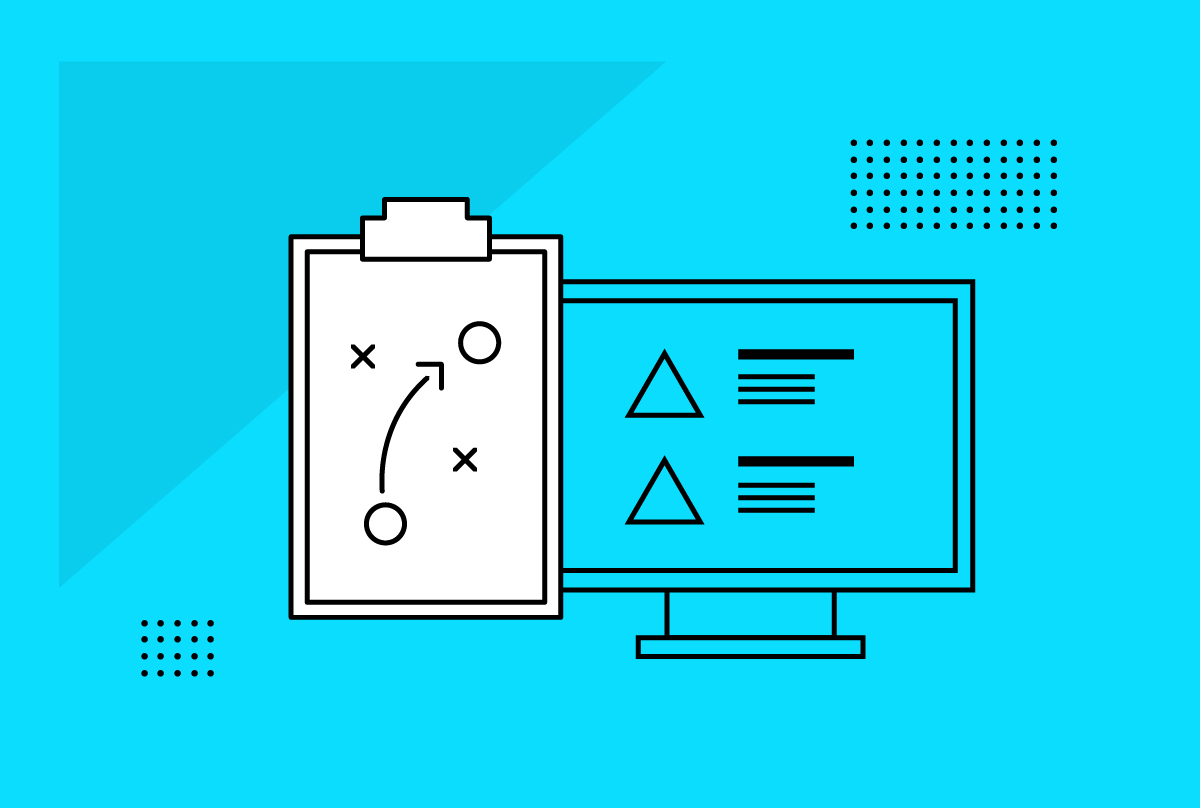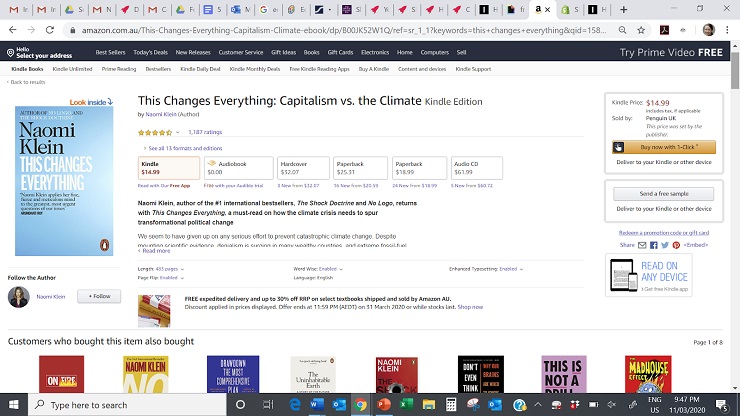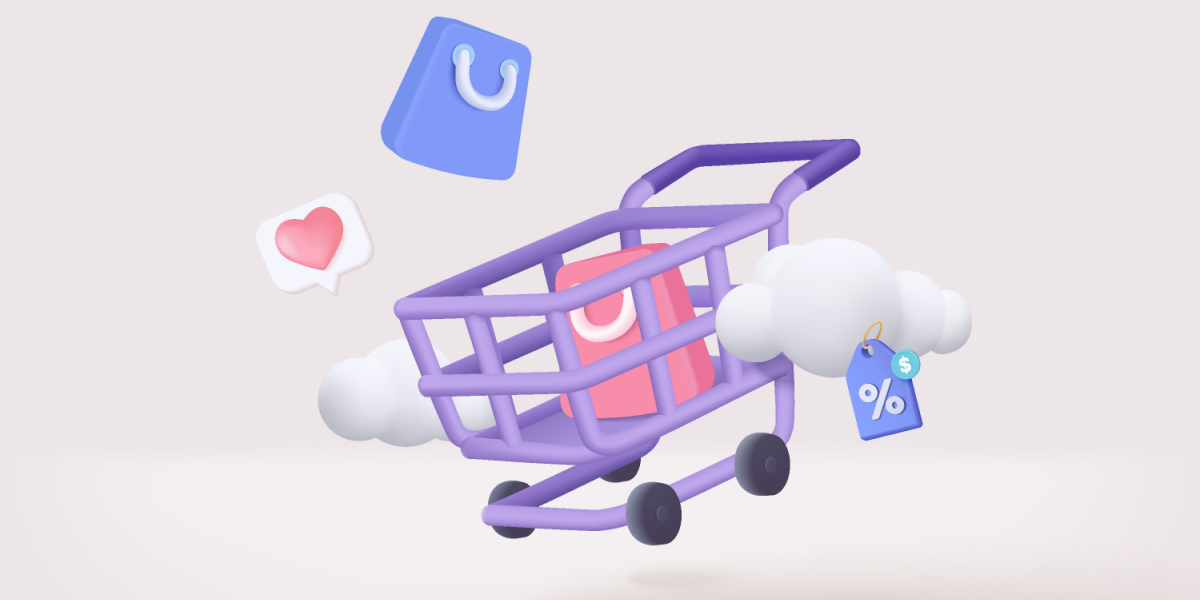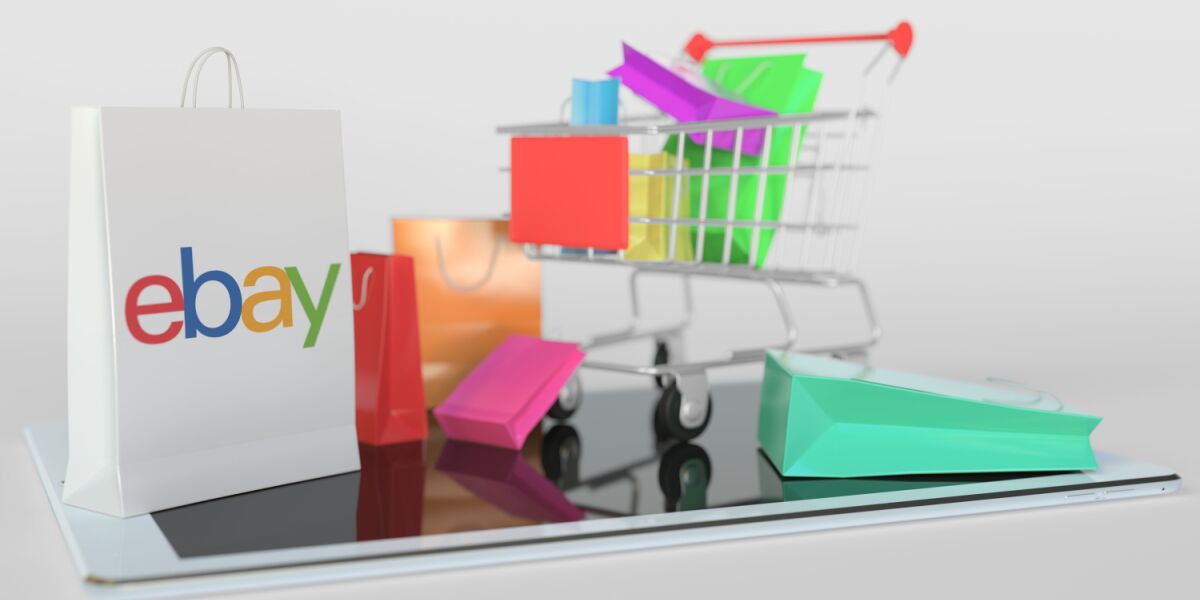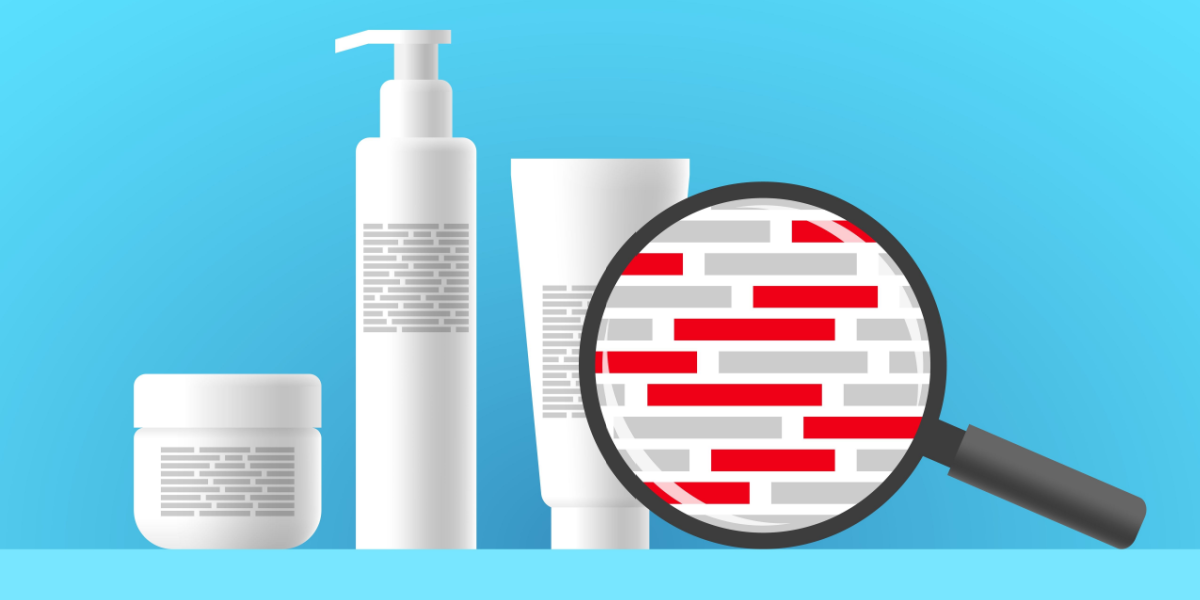The global economy is entering difficult, even unprecedented times. In recent years, however, one huge area of growth has been ecommerce, and in one form or another, we’re going to be relying heavily on the online order and delivery of goods for many years to come.
That’s not to say ecommerce is an easy industry to break into, or that it will be smooth sailing ahead.
Anyone who has tried to start an ecommerce store or currently runs one will tell you that, even in years past, it is a lot of work. A quick browse on the Shopify Marketplace will reveal that while there are a lot of entrepreneurs whose stores are doing very well, there are just as many burning the midnight oil and just scraping by.
But the sector will undeniably continue to have a huge presence—and meet important needs. So how can you run an ecommerce business with staying power?
As appealing as good growth marketing hacks can be, if an ecommerce store is going to take off and then continue to thrive in the long term, it’s going to have to rely on long-term growth tactics, things you need to chip away at again and again, until you’ve optimized your customer experience and your conversion rates.
Here are some key marketing tactics we recommend to ensure your ecommerce store experiences growth and stability for the long haul.
1. Cross and Upsell via Product Recommendations
If you’re an ecommerce entrepreneur already, you’ll know that half the battle is getting people to your online store in the first place. Once they’re there, you still have to convince them to add items to their carts. And you’ve officially accomplished your mission when they make a purchase, no small task considering the average mobile conversion rate is just 2.63%.
Given the challenge involved in completing that one sale, wouldn’t it be great if you could maximize the outcome? Turns out, there’s a technique for that.
In traditional brick-and-mortar retail, the way you increase the average sale or average order value is by cross-selling and upselling. The most famous example of this is at McDonald’s, where we’re all always going to agree that we want fries with that.
Online, it’s possible to upsell and cross-sell to your customers too, using a variety of clever product recommendation apps. If you’re on Shopify, especially, there are loads of them.
These apps are either programmable by you or can work on your store’s sales algorithms. Say, for example, you are selling shoes, but you wanted to sell socks as well, which would qualify as an upsell. Using an app, you could program the products you want to recommend with any given pair of shoes, and they would display under your item.
One website that does this particularly well is The Iconic. Here I am, browsing denim jackets.
And then underneath, look what we have here! They magically knew that I’d likely want to accessorise that jacket with some nice leather boots, just in time for winter. Thank you, The Iconic, you really understand me.
Perhaps the king of all ecommerce up and cross sells is Amazon, with its signature cross-sell functionality entitled “Customers who bought this item also bought.” Here, with a book I was interested in, they’ve recommended eight others—and they all look great.
When this functionality was introduced, Amazon recorded a whopping 29% increase in total sales.
Stu French, digital transformation executive at Versent and founder of kids’ book startup, Ethicool, has repeatedly seen the power of cross and upsell for ecommerce stores, and says it’s something he recommends all ecommerce entrepreneurs invest in, especially if you’re paying for advertising: “Typically, 4 or 5% of people will take you up on your offer of an additional product. As you can imagine, this can lead to a huge boost in revenue.’
So, here’s hoping all of your customers will want fries with that.
2. Create a Seamless Help and Support System
When most marketers think of growth, they think about growth marketing tactics for ecommerce that drive traffic or increase conversions. Rarely do they think about the questions customers might have in the interim, and how they might affect the end sale. But know this—a great help and support system could just be one of the most valuable long-term growth tactics in your toolbelt.
The utopia for any ecommerce store is to be able to replicate much of the experience (and the level of trust and transparency) that a customer would get in a traditional brick-and-mortar store. And if you think about it, one of the areas that can be severely lacking online is someone to answer your questions. Who do you go to if you don’t understand how a product works? What happens if it breaks? Or even at a more basic level, what about if you want to return it?
When customers have questions they can’t get answers to, they start to feel nervous. And when they get nervous, they don’t buy.
The good news, though, is that there are many ways you can answer your customers’ questions, and some don’t even require that much time. One time-honored but effective method for answering questions is through a good-old FAQ page. The more detail you include, the better. Research shows that content in a FAQ page helps with not only SEO, but conversions.
Here again, The Iconic is doing a great job with their FAQ page. They have the most-frequently asked questions called out, with the ability to search for answers.
They have also categorized their questions, and to top it all off, they give you an option to contact them if you still can’t find what you need. Talk about seamless.
Having a setup like this can go a long way in answering customers’ questions. But what it doesn’t quite do is give them real-time advice. What if they have a question right this very second, but they’ve emailed and you’re not able to get straight back to them?
No matter how obsessed we might be with our ecommerce stores, none of us want to be answering customer emails at all hours of the night. Fortunately, due to AI and chatbots, we don’t need to. We can simply pre-program answers into different tools, for example Intercom, Freshchat, or Shopify’s Gobot, and have customer questions answered in real time. And if the bot can’t answer them, the tools notify the shop owner and collect the customer’s email address, so it’s possible to answer quickly, while giving them a better, more personalized experience.
Here, the activewear brand Nimble has collected my email address, and is using their bot to answer my question about the size guides.
Based on his experience running some of the world’s biggest ecommerce stores, including telecommunications giant Telstra and automotive and whitegoods brand, Bosch, Stu French says that founders are usually surprised by how frequently their FAQ page will be visited:
“People think that the FAQ page is ‘boring’ and no one wants to visit it, but that’s untrue. For most businesses, the FAQ page is the second or third most frequented page for a simple reason: it’s critical to the final purchase decision.”
Creating FAQs and setting up hundreds, if not thousands, of answers to your potential customers’ questions might not be the most exciting ecommerce growth marketing tactic you’ll ever employ. But rest assured, it’s still very effective.
3. A/B test…Absolutely Everything
As marketers and ecommerce entrepreneurs, one metric we all love is ROI on marketing spend. Ideally, we want the spend to be low, and the ROI to be sky high. But how?
Many people focus on the optimization they can do outside of their website. For example, how does my ad look? Am I reaching the right audience? Am I targeting the right influencers? But many forget that your website needs constant and ongoing optimization as well. Even if you think you’ve built the most beautiful website with all the bells and whistles, there’s always more you can do.
Enter: A/B and multivariate testing, every ecommerce entrepreneur’s go-to optimization strategy.
Online, you’d be surprised how much of a difference small things can make. One A/B test revealed that doing something as simple as changing button color can result in as much as a 34% increase in conversion. 34%!
A/B tests work like this: you start with a hypothesis, such as, will a green or red button convert better? You then test your hypothesis by sending 50% of advertising traffic to your first option, and 50% to your second. Remember that the conditions need to be the same. You’ll have to use exactly the same audience for both, otherwise your test results will be skewed.
If you really want to go deep into your data (and you should), consider setting up multivariate tests. Multivariate tests are like A/B tests, but they test different combinations of variations, as shown in the illustration below. For example, would one set of text work better with a certain heading? Or would a different set work better with a different heading? Multivariate tests will give you the answer and help you optimize your conversions even more.
A/B testing can be time-consuming and expensive, as you’ll mostly have to pay for traffic. But the insights it will give you will be invaluable.
4. Personalization of Customer Experience
Imagine this. You head down to your favorite local restaurant, and the owner, who knows just about everything about you, gives you a silent, knowing nod. Then, before you’ve even properly sat down, he brings out a huge bowl of your favorite dumplings. “I know you’ve come straight from work and it looks like it’s been a hard day,” he says. “So here you go; eat this and you’ll feel better.”
Wouldn’t that interaction represent just about the best customer experience ever? But can it be replicated online? In ways, it can, through the use of big data and web personalization.
Personalizing web experiences might sound creepy, but it actually makes the experience so much better for the customer when it’s executed the right way. Your customers are likely visiting you for a reason, so it’s in your best interests to discover that reason and remind them of it.
There are three main types of web personalization, and on your website, you should try to include them all.
Predictive Personalization
Amazon’s “Customers also bought …” is an example of predictive personalization, where you analyze buying data on recommend related products. You don’t need to do the hard work yourself, of course, as there are many tools you can use to do it for you. Examples include Yuspify for Shopify or Perso for WordPress.
Contextual Messaging
Have you ever seen it rain, only to see an ad for an umbrella? Data gives marketers uncanny abilities to personalize messages, and this is something you should absolutely consider doing if you want to optimize your on-site experience.
One of the best-known tools for contextual messaging is HubSpot, which enables you to create different messages for your customers based on any number of variables, including their location, device, and much more.
Navigational Personalization
Remember that black denim jacket I was looking at before on The Iconic? I returned to check it out again, and look! It was right there on the first page waiting for me.
This type of personalization is called navigational personalization, and it’s as creepy as it is wonderful. It enables you to show customers content based on what they did or didn’t do on your site when they last visited. This type of personalization is particularly effective, as research shows that customers often convert on their second or third visits to your site.
Remember, your customers are visiting your site for a reason. Discover it through data, and then provide them the personalized experience they crave when they return.
5. Build a Brand With Purpose
Wait, what? How can building a business with purpose be an ecommerce growth marketing tactic? If you’re in ecommerce for the long haul, having a mission for your business that is beyond simply being profitable could be your single best approach. It’s also critical during uncertain and difficult times, as you can provide some reliability and sorely needed solutions to people who may otherwise be struggling.
But even before the current global health crisis, the way that customers interact with brands, especially online, has evolved dramatically. Whereas people previously cared deeply about “brand status” (think Louis Vuitton), customers are increasingly wanting brands to feel more personal and human—and to know that the company they’re buying from is not only producing great products, but also trying to help people or the planet.
This is not merely a trend, but appears to be the standard that consumers now want and expect, and there’s a ton of research to back up this assertion. For starters, nearly two-thirds (63%) of all customers would prefer to buy from a purpose-driven brand.
The shift towards purpose-driven ecommerce stores is something that Stu French has seen happen quickly over the last few years:
“Having run huge ecommerce stores, like Telstra and Bosch, I have seen how hard these guys struggle to stand out and make a true connection with their customers. And that affects conversion rates. I’ve seen it with my own startup, Ethicool, which is purpose-driven. We’ve tracked conversion rates and discovered that people that learn about our mission via our About our Kids’ Books page convert at twice the rate of people that don’t.”
So go forth and find your business’s purpose, founders.
Are You In This for the Long Haul?
Ecommerce growth marketing tactics may not be quick fixes, and they certainly may not be the most creative or interesting marketing you’ll ever do. But know this—they work. So if you want to carve out a place in the world of ecommerce, stay there for many years to come, invest your time, energy, and effort now for a better long-term return.
